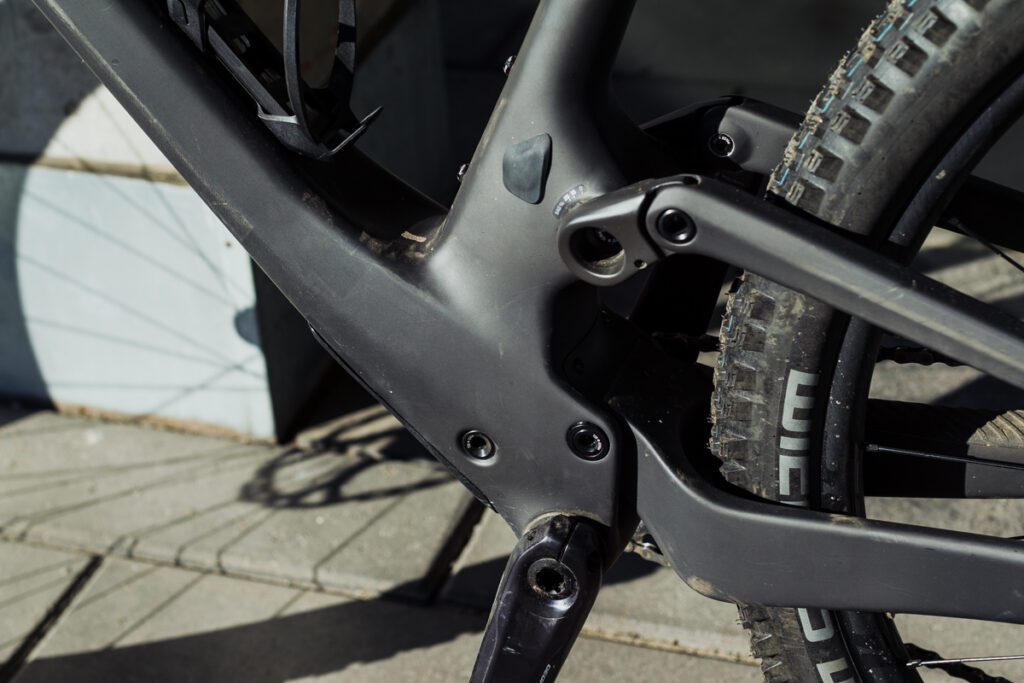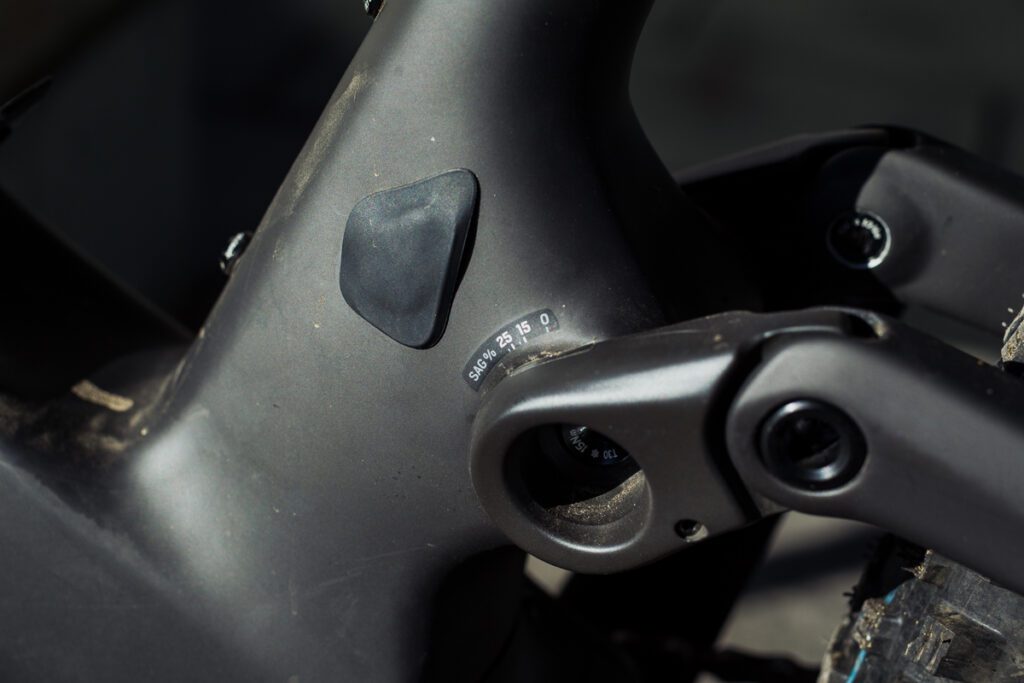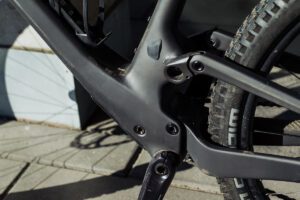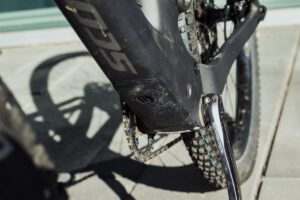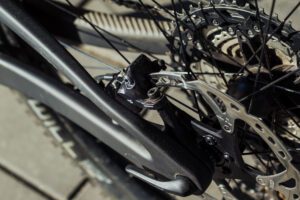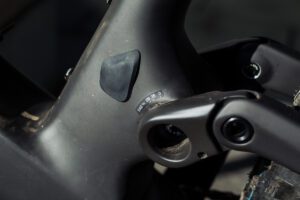Review: Scott Spark 910
The shock may be hidden, but the XC/trail bike projects high performance
 Photo by:
Matt Stetson
Photo by:
Matt Stetson
Not too long ago, the thought of a hidden rear shock on a mountain bike was little more than a pipe dream, an idea thrown around after a few post ride beers. The thought of a sleek, clean looking dual-suspension bike that hides a giant air can or coil spring was always an intriguing idea. It just seemed too daunting from a design perspective. Enter Bold Cycles. The Switzerland-based company figured out the concealed shock design and was consequently purchased by Scott. Shortly after the Scott Spark was born, leading a whole new line of XC and trail bikes featuring a hidden rear shock.
Scott Spark 910: More than what it hides
The hidden rear shock on the Spark might be the first thing you notice, but there are a host of features and innovations that shouldn’t be overshadowed by the fancy carbon work. Most notable is Scott’s TwinLoc remote system. While I do prefer a bike where you can set the suspension up and forget about it until it loses air or needs service, that really doesn’t take advantage of all the bells and whistles that today’s modern shocks and forks offer.
With TwinLoc, the Spark delivers three distinct suspension modes at your finger or, rather, thumb tip. The firmest climb setting essentially locks out the rear shock and firms up the fork for maximum efficiency. The traction mode limits the rear shock to 80mm of travel. Scott keeps the Spark at the top of the stroke in this mode, maintaining a steeper seat angle and keeping the rider in an aggressive pedaling position so you can put the power down. The third mode is the most plush, utilizing all 120 mm of travel. It is best used for technical sections of trail and descents.
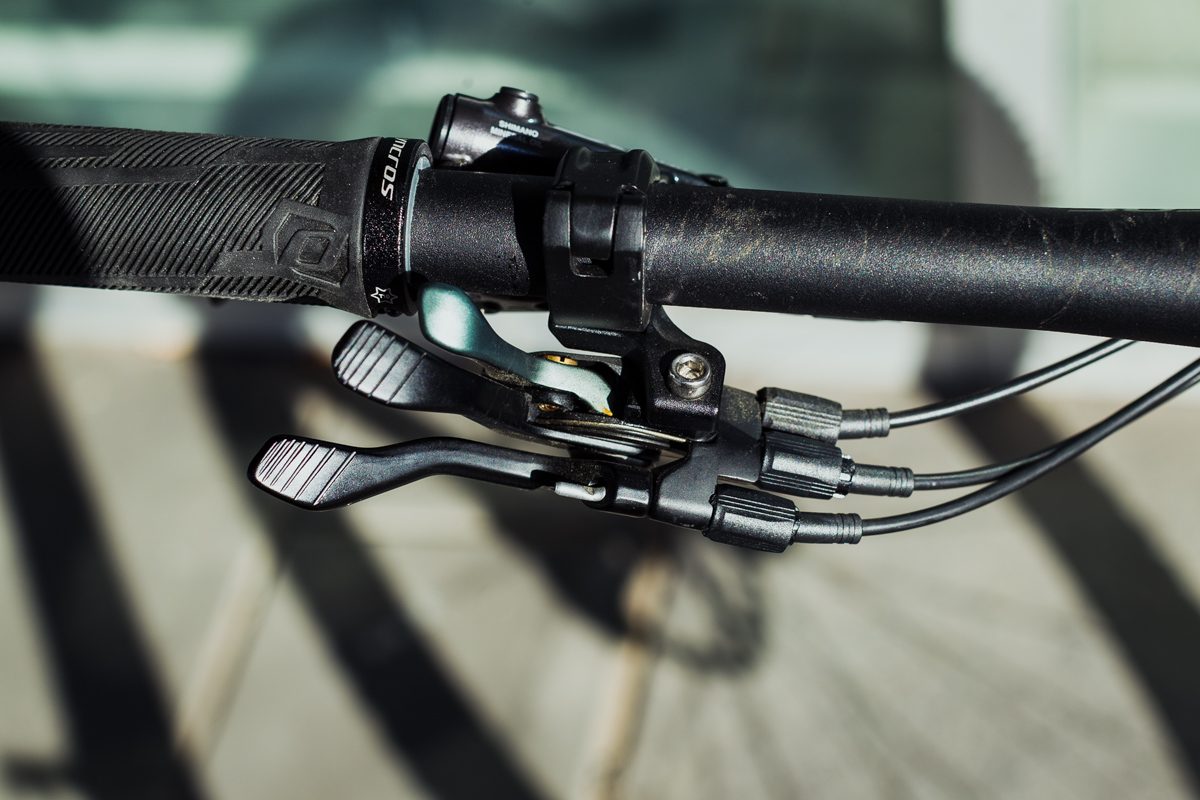
Offering three suspension modes isn’t new, however, the TwinLoc is certainly one of the best at providing a wide range of significantly different modes. Not only do you get a wide range of performance, the remote operates both fork and shock simultaneously. The only downside to the system is that the remote levers sit tightly alongside the dropper post remote. That makes accidental suspension mode changes feasible when trying to operate the seatpost.
Scott Spark 910: parts and components
The 910 version tested here sits in the middle of a expansive, 15-model line of Sparks on offer from Scott. That includes the women’s Contessa line and an aluminum version of the Spark, which also features a hidden shock. The 910 comes equipped with a full Shimano XT drivetrain and brakes that performed flawlessly during the test period. A Fox 34 Performance Elite 130-mm fork is paired with the Fox Nude 5T EVOL TwinLoc 120-mm rear shock.
A Fox Transfer dropper post delivers 125-mm drop on small and medium frames and 150 mm on large and XL frames. Scott rounds out the 910 build with a host of components from its in-house brand Syncros. This lineup includes Silverton alloy wheels that come wrapped in 2.4” Schwalbe Wicked Will tires. The whole bike comes in at 28.5 lb. (12.9 kg) with tubes in the tires and multi-tool bottle cage included.
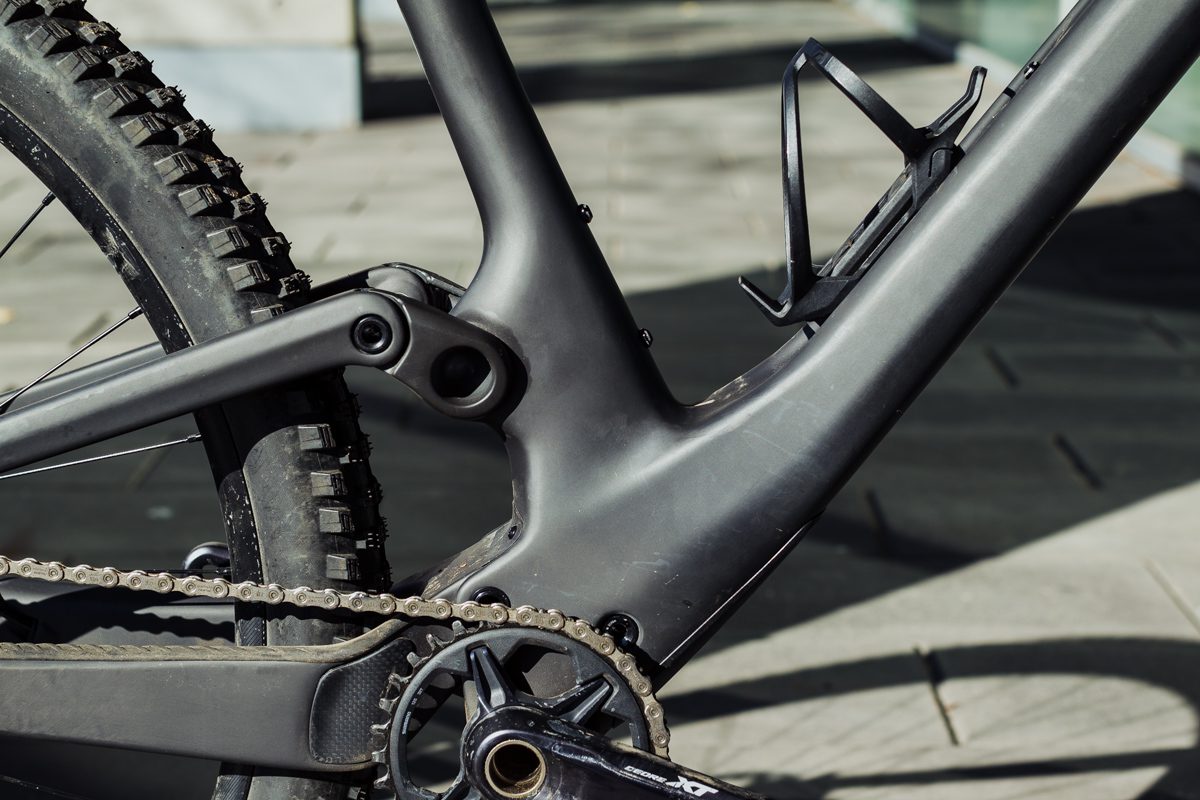
Review: Scott Spark 910
On trail, the Spark feels nimble and efficient. Pedalling over rough uneven ground, I found it easy to put out power and maintain my line. The bike’s geometry puts you in a good position for climbing and, paired with the TwinLoc’s climb mode, this bike is a rocket going uphill. Not surprising since Scott designed the Spark for a mix of XC racing and trail riding.
Even with a design that borrows heavily from World Cup pedigree of the Spark RC, the Spark still likes to party on the downhills. With a 65.8 degree head-tube angle, 470-mm reach for a size large and spec’d with a 60mm stem the Spark puts you in a good position for when the trail gets steep. The extra fork travel when compared to the RC version really improves the Spark’s downhill capabilities. Add in the TwinLoc’s full open suspension mode and the Spark can get you down some pretty gnarly terrain.
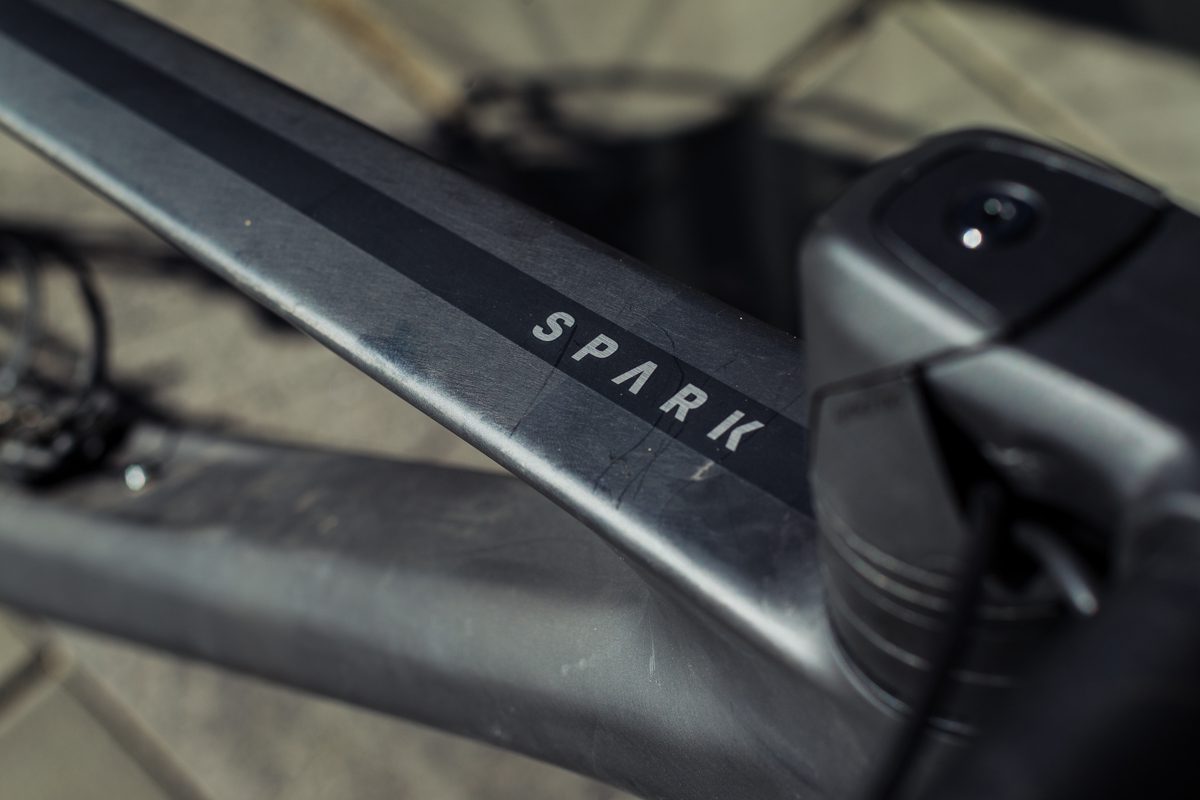
The short travel trail bike or “downcountry” category has seen a lot of action as of late with a slew of bikes being released from almost all of the major brands and many smaller players as well. Some are aimed at gravity junkies looking for a bike they can ride to the top of a trail instead of a shuttle. Others aim to provide an efficient pedaling bike that can handle a wide variety of terrain and potentially see a few race courses. I would certainly put the spark in the latter category. Although it will get you down some steep technical trails, the Spark really shines when you are pedaling hard and cornering fast. No matter where or how you ride the Spark, though, you can be confident the bike will look damn good under you.
Scott offers the Spark in four sizes, from small to XL. The Spark 910 tested here retails for $8,600.
